-
Welcome to Tacoma World!
You are currently viewing as a guest! To get full-access, you need to register for a FREE account.
As a registered member, you’ll be able to:- Participate in all Tacoma discussion topics
- Communicate privately with other Tacoma owners from around the world
- Post your own photos in our Members Gallery
- Access all special features of the site
What are the xover freq. for the stock speakers in a 2001 Dbl Cab TRD ?
Discussion in 'Audio & Video' started by HomePC, Jun 21, 2024.


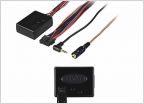 2012 wiring harness diagram
2012 wiring harness diagram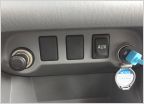 Adding USB into cab for Apple CarPlay
Adding USB into cab for Apple CarPlay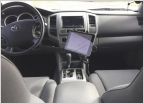 MOD: Tablet mount above the center console.
MOD: Tablet mount above the center console.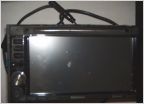 New Headunit Purchase Checklist
New Headunit Purchase Checklist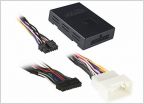 JBL Adapter question
JBL Adapter question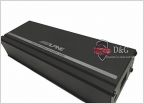 How to wire my components and a single sub for midbass
How to wire my components and a single sub for midbass









































































